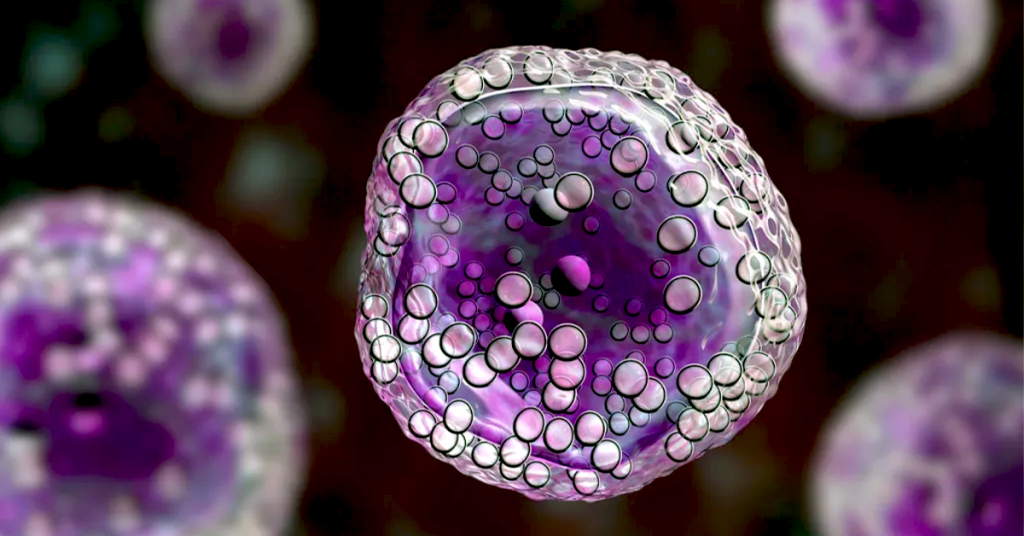Navigating the world of stem cell therapy can be overwhelming—especially with so many scientific and medical terms involved. That’s why we’ve created this comprehensive glossary to help you better understand the language of regenerative medicine.
From basic concepts like pluripotent cells and bone marrow aspiration to advanced terms such as immunomodulation and transdifferentiation, this glossary breaks down 50 essential terms in clear, simple language. Whether you’re a patient exploring treatment options, a caregiver, or just curious about how stem cells work, this guide is your go-to resource for building confidence and clarity around this cutting-edge field.
Use this glossary as a quick reference to decode medical jargon, understand treatment processes, and stay informed throughout your regenerative health journey.
Stem Cell Therapy Glossary
-
Adult Stem Cells (ASCs) – Stem cells found in adult tissues that help repair and maintain those tissues.
-
Adipose-Derived Stem Cells (ADSCs) – Stem cells taken from fat tissue, often used in regenerative medicine.
-
Allogeneic Transplant – A stem cell transplant using donor cells from another person.
-
Amniotic Stem Cells – Cells harvested from amniotic fluid or placenta with regenerative potential.
-
Autologous Transplant – A transplant using the patient’s own stem cells.
-
Blastocyst – A 5–6 day old embryo used as a source for embryonic stem cells.
-
Bone Marrow Aspiration – A procedure to collect stem cells from the bone marrow.
-
Cartilage Regeneration – The use of stem cells to repair or regrow damaged cartilage.
-
Cell Differentiation – The process where a stem cell becomes a more specialized cell type.
-
Cell Therapy – The treatment of disease by introducing new, healthy cells.
-
Clinical Trials – Human research studies to evaluate the safety and effectiveness of therapies.
-
Cord Blood Stem Cells – Stem cells collected from umbilical cord blood after birth.
-
Cryopreservation – The freezing of stem cells for long-term storage.
-
Cytokines – Small proteins released by cells, often involved in immune responses and stem cell signaling.
-
Embryonic Stem Cells (ESCs) – Pluripotent cells derived from embryos capable of becoming almost any cell type.
-
Engraftment – The successful integration and function of transplanted stem cells in the body.
-
Epigenetics – Changes in gene activity without altering the DNA, affecting stem cell behavior.
-
Exosomes – Tiny vesicles secreted by cells that carry signaling molecules aiding in repair and regeneration.
-
Fibroblasts – Cells that produce connective tissue and are used to generate iPSCs.
-
Gene Editing – Techniques like CRISPR used to modify DNA in stem cells for therapy.
-
Graft-versus-Host Disease (GVHD) – A risk after allogeneic transplant where donor cells attack the host’s body.
-
Growth Factors – Natural substances that stimulate stem cell growth and healing.
-
Hematopoietic Stem Cells (HSCs) – Stem cells that form all types of blood cells.
-
Immunomodulation – The regulation of immune responses, a key benefit of stem cell therapy.
-
Induced Pluripotent Stem Cells (iPSCs) – Adult cells reprogrammed to behave like embryonic stem cells.
-
Infusion – The delivery of stem cells into the body through a vein.
-
Lineage Commitment – The stage when a stem cell is destined to become a specific cell type.
-
Liposuction Harvesting – A method of collecting fat tissue to extract stem cells.
-
Mesenchymal Stem Cells (MSCs) – Multipotent stem cells that can form bone, cartilage, and fat.
-
Mobilization – The process of moving stem cells from bone marrow into the bloodstream for collection.
-
Multipotent Stem Cells – Cells that can develop into several, but not all, types of cells.
-
Neurogenesis – The process of generating new nerve cells, often stimulated by stem cell therapy.
-
Neural Stem Cells – Stem cells that develop into neurons, glial cells, and other brain-related cells.
-
Orthobiologics – Biologics like stem cells used to treat orthopedic conditions.
-
Paracrine Effect – The influence stem cells have on surrounding cells by releasing bioactive factors.
-
Peripheral Blood Stem Cells – Stem cells found in circulating blood, used in transplants.
-
Pluripotent Stem Cells – Cells that can become nearly any cell type in the body.
-
Progenitor Cells – Early descendants of stem cells that can divide and differentiate.
-
Reprogramming – Converting adult cells into pluripotent stem cells.
-
Regenerative Medicine – A field focused on healing or replacing damaged tissues using stem cells.
-
Scaffold – A 3D structure used to support cell growth in tissue engineering.
-
Somatic Cell – Any cell in the body that is not a sperm or egg cell.
-
Stem Cell Banking – The collection and storage of stem cells for future use.
-
Stem Cell Expansion – The process of multiplying stem cells in the lab before treatment.
-
Stem Cell Homing – The ability of stem cells to migrate to injured or inflamed tissue.
-
Stem Cell Niche – The natural environment where stem cells are maintained and regulated.
-
Tissue Engineering – Combining stem cells with biomaterials to build or repair tissues.
-
Totipotent Stem Cells – The most versatile stem cells that can become any cell, including placental tissue.
-
Transdifferentiation – When one type of mature cell transforms directly into another type.
-
Tumorigenicity – The potential of certain stem cells to cause tumors, a safety concern in therapy.
Understanding stem cell therapy begins with knowing the terminology. With this glossary, you’re now equipped with the foundational knowledge to better engage with your treatment options, ask informed questions, and follow medical discussions with greater confidence.
As stem cell research continues to evolve, staying informed empowers you to make thoughtful decisions about your health or the care of a loved one. Keep this glossary handy as a trusted reference, and remember—knowledge is a key part of healing.

